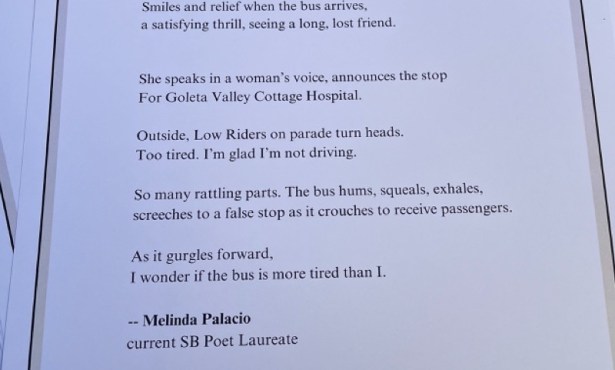Plant Poles

I know it’s late, but there’s still plenty of time to plant some pole beans, so I’m going to get on it next weekend. This past weekend I surveyed my bamboo poles to see what shape they were in. The poles themselves are doing fine still, but the natural-fiber twine that I used to tie them together has definitely succumbed to the elements. I will have to re-tie them to form a sturdy tepee for my beans to climb up. Tepees are great for any twining vines, so you may find other uses for them as well.
I start with three poles that are around one to one and a half inches in diameter. The length may vary depending on what the ultimate height of the vine will be; for my beans, the poles are about nine feet long. Laying them on the ground next to each other, I wrap strands of twine around all three poles about six inches below their top. Three or four circuits will do. Don’t wrap too tightly as the next step is to wrap the twine around those strands in the opposite direction between the pairs of poles (rightmost pole and middle pole, then middle pole and leftmost pole). The tighter you wrap in this direction, the easier it will be to stand the poles up and position them later. Tie the twine off to itself on the second or third wrap. When you stand the poles up, you can now fan them out to form the tepee. If you are nervous, you can do another quick wrap around the intersection once it is standing, but it shouldn’t be necessary. Your soil should be soft enough to push the legs of the tepee in up to a foot or so. If your structure gets top-heavy when covered with vines, you can pound another short stake in next to each leg of the tepee and tie them together for stability.
I’ll plant several seeds at the base of each pole. In August, I should be enjoying tender, fresh green beans every week until the end of summer.



